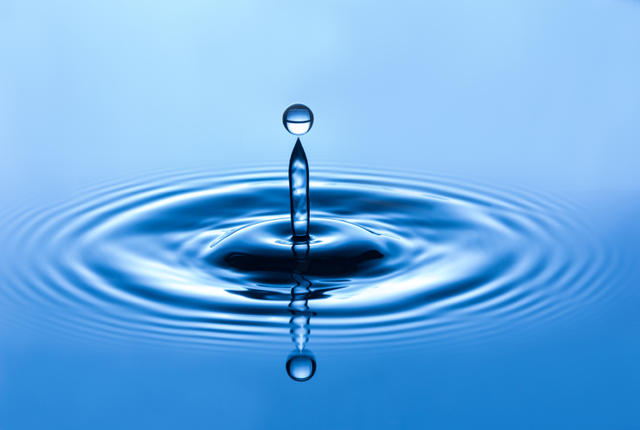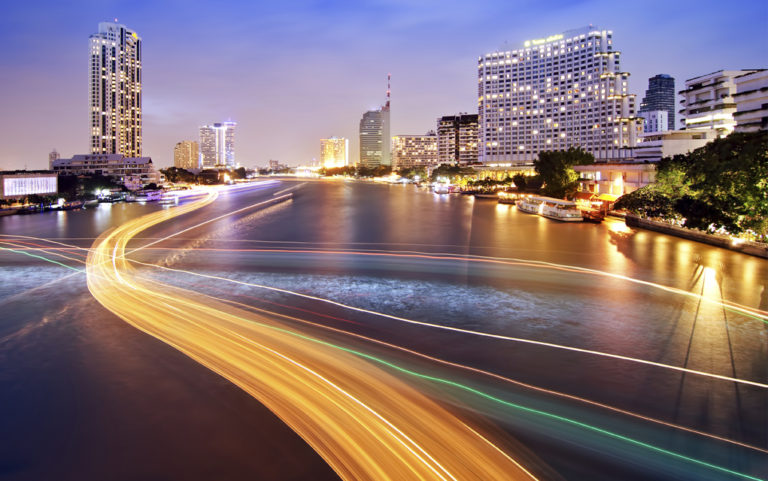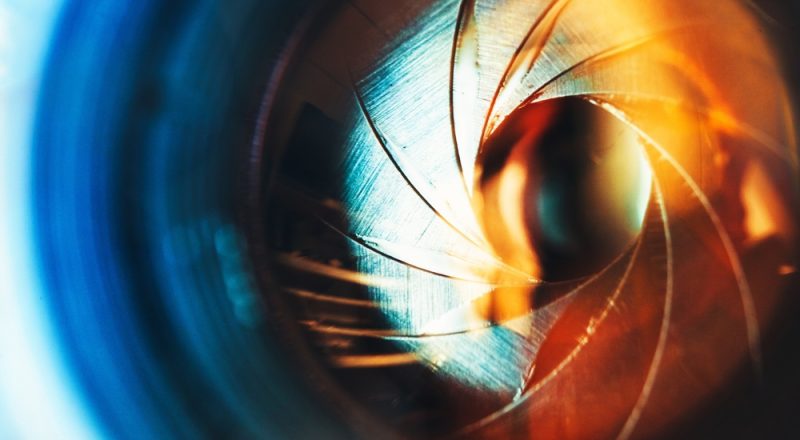Any camera that clicks an image uses shutter speed. This is because the ‘shutter’ used to be a piece of metal in a camera that was lifted to expose film and then shut back down again to put the film in darkness. The speed at which this happened was called ‘shutter speed’.
Shutter speed is one of the most influential parts of the exposure triangle (ISO, Aperture & shutter speed), this is because not only does it affect the brightness of an image it also influences the movement.
The longer the shutter is open the lighter can get into the film/sensor however due to the shutter being open, more information gets in too which is when we experience motion blur.
Shutter speed is measured in seconds. For example, if the shutter is open for 5 seconds, the shutter speed would be 5.
SHUTTER SPEED FOR PHOTOGRAPHY
Due to the different types of content created with photography and film/video, there are different rules with shutter speed.
While taking a normal picture hand-held with a standard camera you should aim to have the shutter speed above 1/125th of a second or 1/125. This means that the shutter will be open for 125th of a second. This is because any slower than this will create an unwanted camera shake blur. If you would like a slower shutter speed you should be using a monopod or tripod. With a tripod, the shutter speed will only be limited to how bright the scene you are photographing is.
SHUTTER SPEED & SHUTTER ANGLE FOR FILM
In the same way as photography, shutter speed influences the motion of an image with video. However, there are other principles to follow when using shutter speed because unlike photography video users are taking 25 images or frames per second.
While filming, the operator needs to consider an issue called ‘rolling-shutter’, this occurs when the frames per second and shutter speed do not line up. The user will see thick black lines scrolling through the screen, this is the shutter moving. The standard rule to follow is that the shutter speed should be double the frames per second. So if the frame per second is 25 then the shutter speed should be 1/50. This has its own nuances however the shutter speed and frames per second are up to the camera operator’s discretion.
Many old-school filmmakers will refuse to work with the term ‘shutter-speed’ this is because this has been associated with digital format and many of these filmmakers work with film. In the film world (and even the digital world) operators use the term ‘shutter angle’ instead. This is because in a film camera the shutter works in a different way.
On film cameras, the shutter is a semi-circle piece of metal and because a circle is 360-degrees operators would set the shutter angle to 180(178.8) to allow movement between the frames.
As well as keeping the image clear or blurry, shutter speed can be adjusted for creative purposes.
FAST SHUTTER SPEED
Fast shutter speeds are used for ‘freezing’ time. When taking a picture at 1/8000 not only will it need to be bright but everything the camera catches will be completely still. There won’t be any visible movement, this is great when photographing cars (however a slower shutter speed can also be used for cars to show speed), windsurfers, sports, and anything that moves quickly.
See this example:

SLOW SHUTTER SPEED
A slow shutter speed image is something you are likely to be more familiar with. This is because with a slow shutter speed the photographer can achieve light effects, sharper images and arguably allowing them to be more creative.
See this example:

We are from EcommercePhotographyIndia. If you want to click the best image of your products then do contact us.
